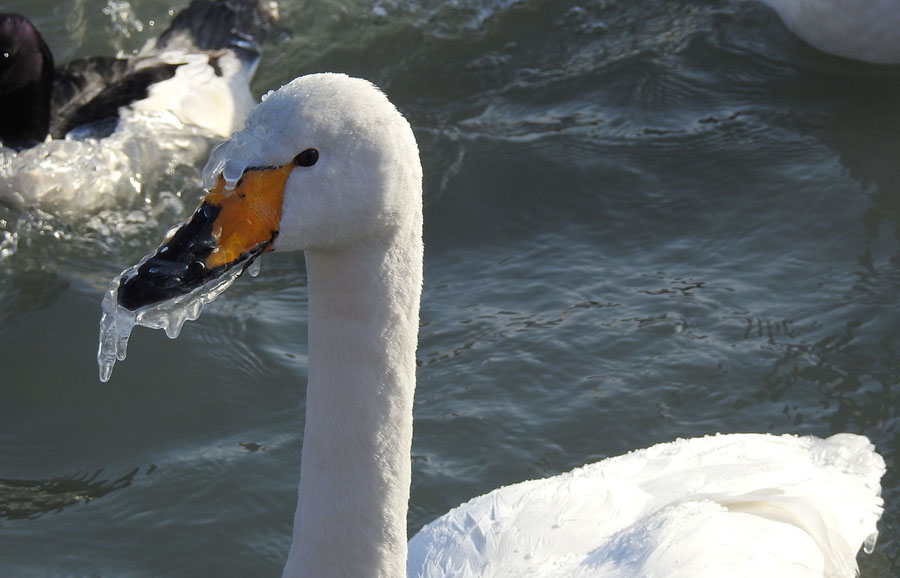Is it safe to assume that you're not a diver, and questions of neutral buoyancy are hence not as dear to your heart as they are to mine?
Because I am very much at the low end of the BMI scale (~1.83m, ~64 kg, BMI = ~19, calculated bodyfat% = ~9%), and
I still nonetheless need ~2 kg (~4.5 lb) of lead just to offset my body's natural buoyancy in salt water.
The model is likely shorter/lighter than me, so might need less ballast based on her mass/volume ratio (although females' bodyfat% tends to be higher than males', so it probably wouldn't be
much less), but even just a
single kilo of lead still represents a fairly large chunk of metal. Lead density = 11.34 g/cm^3 (not going to convert that into Imperial, sorry!), and a typical square, 1-kilo lead dive-weight measures approx. 7.5 x 7.5 x 1.5 cm (3 x 3 x 2/3") — which is a
lot of weight to hang off what is, you must admit, a fairly flimsy-looking bikini.
Point is, if her suit was weighted sufficiently to hold her down, it probably wouldn't stay up!

(That's why I use a weightbelt instead!)
(That's why I use a weightbelt instead!)


 .
.





 .
.